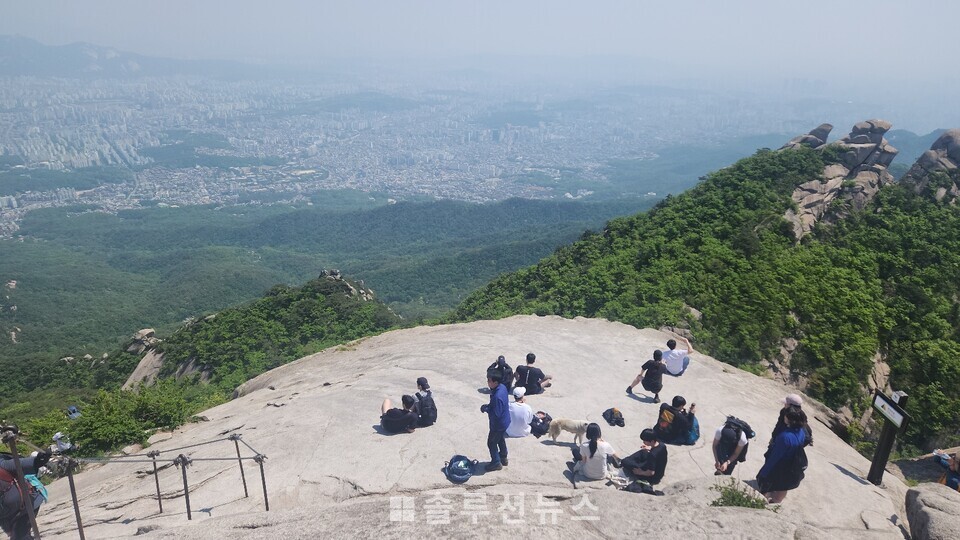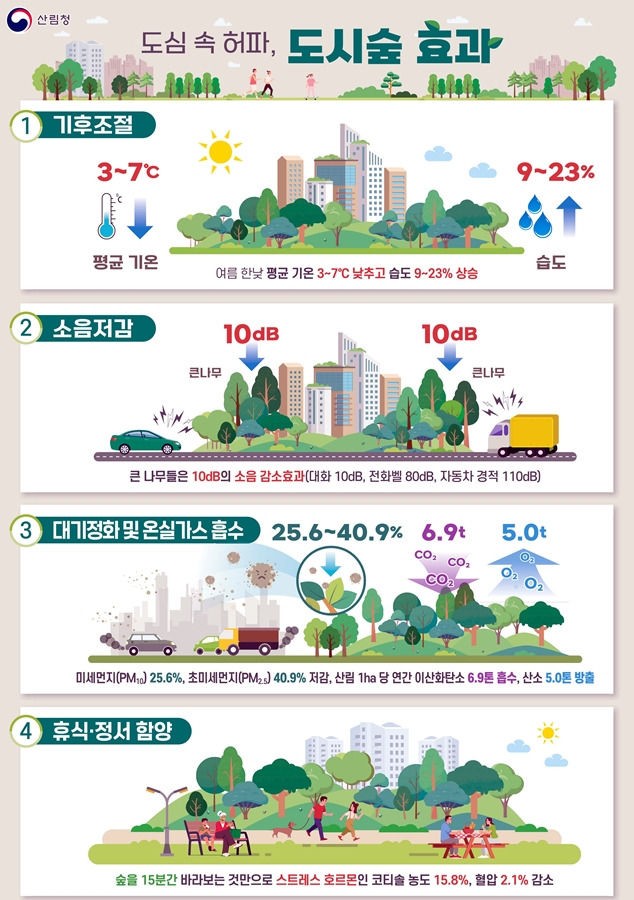Seoul plans to establish 30 “wind path forests” by the first half of the year to guide cool air generated in the outer forests into the city, thereby reducing fine dust and urban heat island effects.
The wind path forests are urban forests that bring cool air from outer forests, such as Bukhansan and Gwanaksan, deep into the city. Their purpose is to facilitate air flow and contribute to reducing urban temperatures and improving air quality. Last year, Seoul constructed wind path forests totaling 18,040 square meters at seven locations, including the Seongsudaegyo green space along the Gangbyeonbuk-ro. This year, an additional 55,920 square meters at 23 locations, including Namsan, will be developed to complete 30 locations covering a total of 74,000 square meters.

Seoul aims to introduce plants with high absorption rates of atmospheric pollutants and resilient vegetation suitable for urban environments in the wind path forests. The plan includes planting 1,084 trees, 148,592 shrubs, and 397,136 herbaceous plants. Garden-like elements will also be included to enhance the experience for citizens.
Beyond cooling urban temperatures and purifying airborne pollutants, wind path forests also help create carbon sinks in the city and improve citizens’ living environments and landscapes. The development of wind path forests in Seoul is carried out based on the “2019 Seoul Wind Path Forest Basic Plan” and the cold air flow simulation model (KLAM_21) from the German Meteorological Service.
Seoul intends to actively respond to climate change and global warming through the creation of wind path forests. According to the National Institute of Forest Science, a one-hectare forest absorbs 6.9 tons of carbon dioxide and 168 kilograms of fine dust per year and can lower the average midday temperature in summer by 3 to 7°C. The 74,000 square meters of wind path forests being created this year in Seoul are expected to absorb approximately 51 tons of carbon dioxide annually.
Lee Soo-yeon, Director of the Seoul City Green City Bureau, stated, “We will continue to create urban forests that reduce city temperatures and respond to fine dust, contributing to Seoul’s carbon neutrality and improving citizens’ green welfare.”
